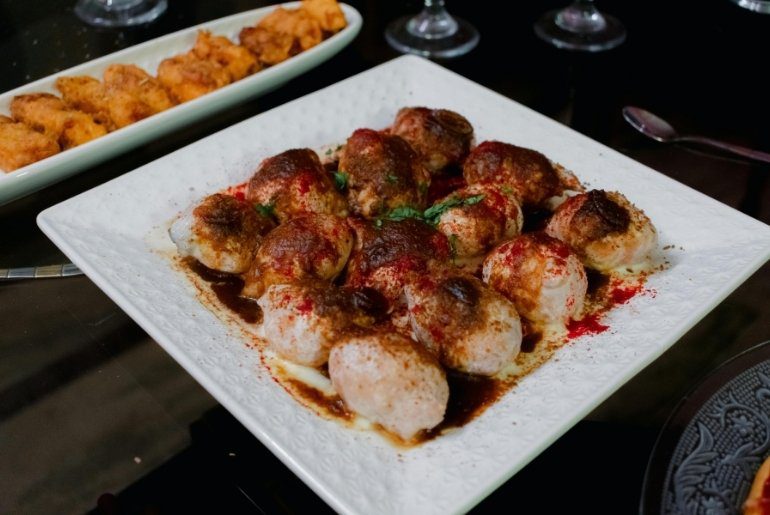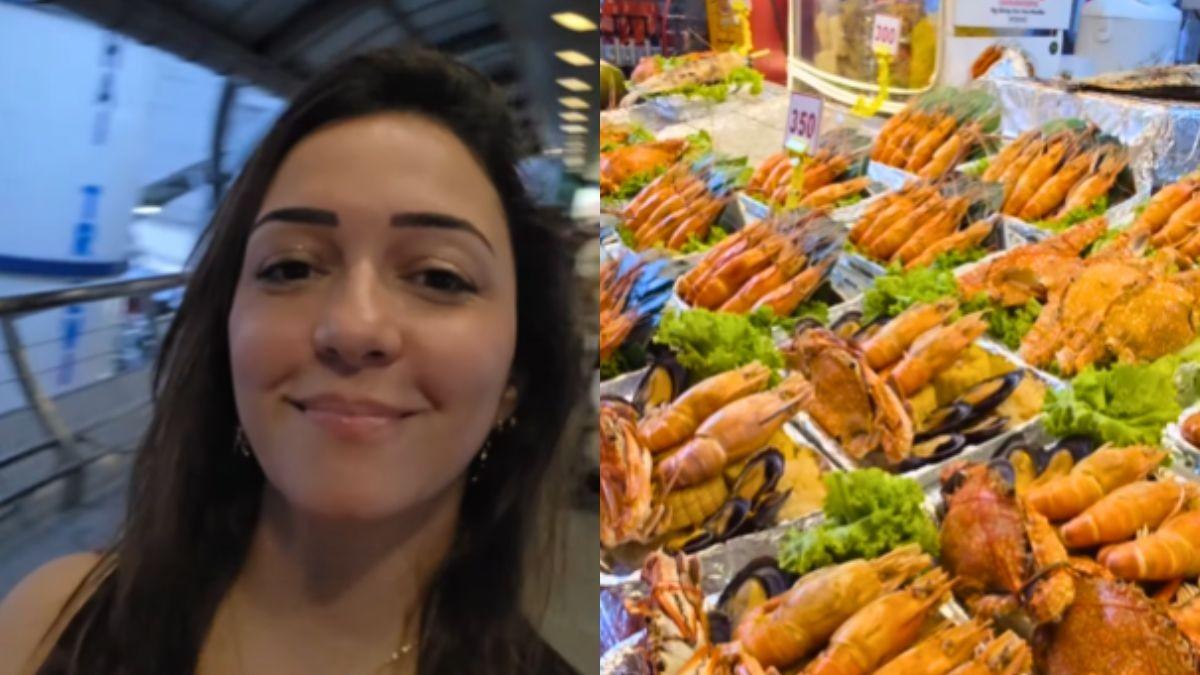Mumbai’s street food is like three-fourths of its soul. Mumbai is not just a city, it is a sensory overload of flavours, textures and aromas. We can’t get enough of Sev Puris, Vada Pav and Pani Puri! But are these tempting choices really our friends in the monsoon season?
Street Food Items In Mumbai You Should Avoid During Monsoon
Open-air stalls, pre-cut ingredients, reused oil, and unsafe water. This is the Mumbai street food scene during the monsoons. During this season, waterborne illnesses like gastroenteritis, typhoid, and E. coli spike sharply, especially from popular snacks that rely on raw or semi-cooked ingredients.
Here’s a list of 10 street food items you should strictly avoid during the monsoon in Mumbai, no matter how tempting they look.
1. Pani Puri

Made with tamarind water and stored in open containers, pani puri is highly susceptible to contamination. Rainwater splashes, unfiltered tap water, and dirty hands combine to create the perfect storm for stomach infections. It’s one of the biggest culprits of cholera and diarrhoea outbreaks in the monsoon.
2. Bhel Puri & Sev Puri
These wet chaats involve chopped raw vegetables and multiple chutneys, often left unrefrigerated. With puffed rice turning soggy in the humidity and no gloves in sight, the chances of bacterial growth multiply, putting your digestive system at risk.
3. Fruit Chaat

Fruits, once cut, begin oxidising and attracting bacteria faster in humid climates. Vendors usually leave them uncovered, attracting flies and dust. Combine that with reused knives and questionable hygiene, and you’re inviting serious stomach pain.
4. Fresh Fruit Juices
Monsoon and street-side juices cannot go hand in hand. Vendors may use unwashed or rain-soaked fruits. Some may even carelessly use unhygienic mixers or ice made from tap water. Congratulations, we’ve got your germ cocktail ready, they could literally say!
5. Dahi Bhalla

Mumbai’s warm temperature is not the best of friends with its cooler cousin, Dahi. Dahi spoils too easily in Mumbai’s heat and the moist monsoon air. When left unrefrigerated, it is a bacteria magnet. When put together with cold potatoes, raw coriander, and chutney, it is no less than a ticket to food poisoning.
Also Read: Too Lazy To Cook? Make This Easy South Indian Version Of Dahi Tadka In Mins!
6. Samosas & Bhajiyas
Though they are deep friends, these golden snacks aren’t as safe as they seem. We are no strangers to the fact that many vendors reuse the same oil throughout the day, and to our horror, sometimes multiple days! This degrades the quality of the dish and produces toxins. In rainy weather, these snacks also lose crispness quickly and become soggy within minutes.
7. Momos

Stuffed generously with cabbage or meat, the ingredients used in momos need proper refrigeration to retain a fresh flavour. Most vendors lack this facility. The use of undercooked filling, dirty steamers and questionable spicy sauces makes the dish a risky option. Momo is a no-no in the damp conditions of the monsoon.
8. Seafood
Seafood is not the greatest fan of monsoons. Fish and prawns spoil too quickly in warm, wet conditions, especially when stored without proper refrigeration. Did you know seafood sold on the streets can also absorb contaminants during the rainy season? Roadside cooking setups rarely put maintaining hygiene on their to-do lists. Studies have also highlighted that under-cooked or poorly stored seafood increases the risk of Salmonella, E.coli, and other food-borne illnesses.
Also Read: This No Oil Fish Curry Will Change The Way You Eat Seafood; Recipe Inside| Curly Tales
9. Raw Salads And Green Leafy Chaats

What do we get when we try to mix the monsoons of Mumbai with raw salads and leafy chaats? A bacterial hazard! Green leafy vegetables trap moisture inside their leaves. This accelerates their spoilage and microbial growth. Experts recommend saying an utter and complete no-no to uncooked street salads during this season to help you steer clear of gastrointestinal infections.
10. Ice Golas
Ice Golas are like ‘summer on a stick.’ But is walking on a stick always safe? Hmm! These colourful street treats are all shades of tempting, but often contain ice sourced from questionable supplies like industries or non-potable water. During the monsoon, the risk doubles down due to poor ice storage, water contamination, and unhygienic handling. The flavoured syrups with their hunky-dory aura might be our worst enemy for the season. These sugary syrups attract flies. Consuming ice golas can also lead to infections, viral fevers, or serious gastrointestinal issues.
While Mumbai’s street food scene is irresistible, monsoon demands extra caution. Choosing safety over cravings now will ensure you enjoy the season without any sick days.
Cover Image Courtesy: CanvaPro/Mete-x and Reuters/RupakDeChowdhuri
For more such snackable content, interesting discoveries and the latest updates on food, travel and experiences in your city, download the Curly Tales App. Download HERE.
First Published: June 25, 2025 6:31 PM




